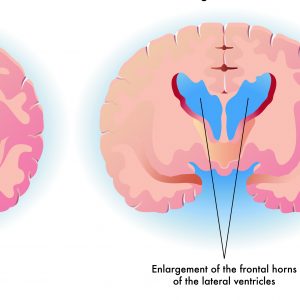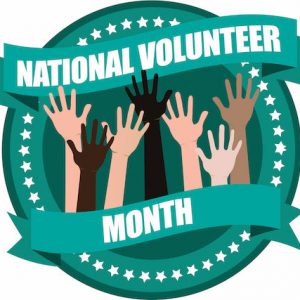 Don’t you enjoy being around people who are naturally grateful? Can we cultivate an attitude of gratefulness ourselves? Of course, we can! Practicing gratitude not only is good for our souls but can improve our health and well- being.
Don’t you enjoy being around people who are naturally grateful? Can we cultivate an attitude of gratefulness ourselves? Of course, we can! Practicing gratitude not only is good for our souls but can improve our health and well- being.
Let’s look at some research:
- A study in the Journal of Applied Psychology, it was concluded that subjects who wrote down what they’re thankful for just before bed fell asleep faster and stayed asleep longer.
- A University of Utah study showed that gratefulness is linked with optimism, and optimism has been linked to a better and stronger immune system.
- A 1995 study in the American Journal of Cardiology showed that appreciation and positive emotions may be beneficial in the treatment of hypertension and in reducing the likelihood of sudden death in patients with congestive heart failure and coronary artery disease.
- A 2003 study in the Journal of Personality and Social Psychology found that gratitude can boost pro-social behaviors, such as helping and lending emotional support to others, while a series of experiments detailed in the same journal concluded that a daily practice of listing all the things for which you are thankful is linked with a brighter outlook on life and a greater sense of positivity.
Like other good habits, practicing gratitude can be learned – at any age! Here are a few suggestions for fostering gratitude in your life.
- Keep a gratitude journal where you write down specifically what you are thankful for. You’ll be amazed at how long your list becomes with a regular habit of journal writing.
- Take a break a few times a day to focus on a spirit of thankfulness. It might be a moment of meditation, prayer or walk in the garden. Just slowing down for a moment to think about the things in your life that you are thankful for will become a habit of practicing gratitude.
- Surround yourself with thankful people! This may sound simple, but gratitude is contagious and being around people who are practicing gratitude will naturally be a mood lifter.
- Share with others what you are thankful for. It will not only help you in practicing gratitude but will also reinforce your feelings and inspire others.
Like any habit, gratitude gets easier with daily practice. Let today be the first day of your healthy, grateful life!
Pam Brandon is President/Founder of AGE-u-cate® Training Institute and a passionate advocate for older adults and those who serve them. Please let me know if you this is helpful!
 May is Huntington’s Disease (HD) Awareness Month, sponsored by the
May is Huntington’s Disease (HD) Awareness Month, sponsored by the  In recognition of National Volunteer’s month, I’d like to honor the people who serve as long-term care ombudsman. Many people do not realize the important role they play in keeping our elders safe by advocating for their rights.
In recognition of National Volunteer’s month, I’d like to honor the people who serve as long-term care ombudsman. Many people do not realize the important role they play in keeping our elders safe by advocating for their rights. In celebration of Earth Day, I want to share an organization that I recently became acquainted with that is supporting the efforts of saving our National Forests.
In celebration of Earth Day, I want to share an organization that I recently became acquainted with that is supporting the efforts of saving our National Forests.